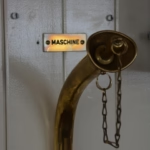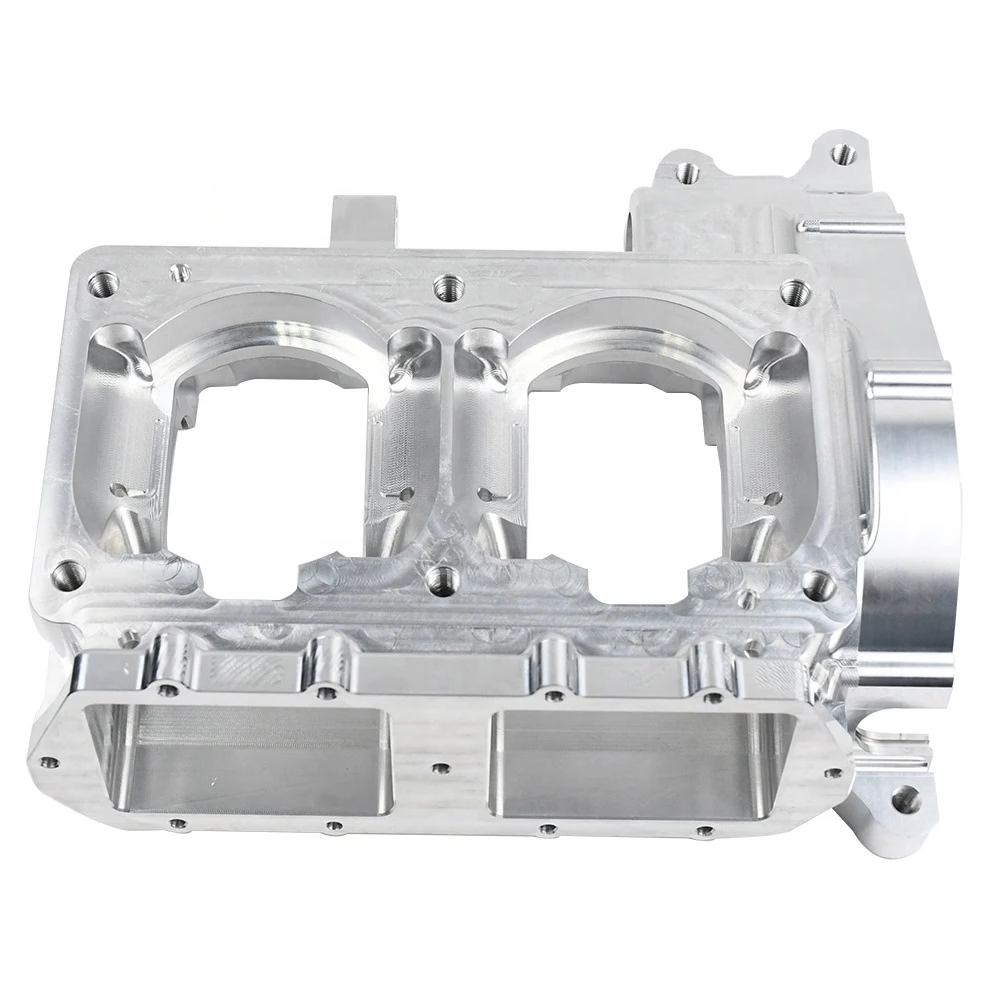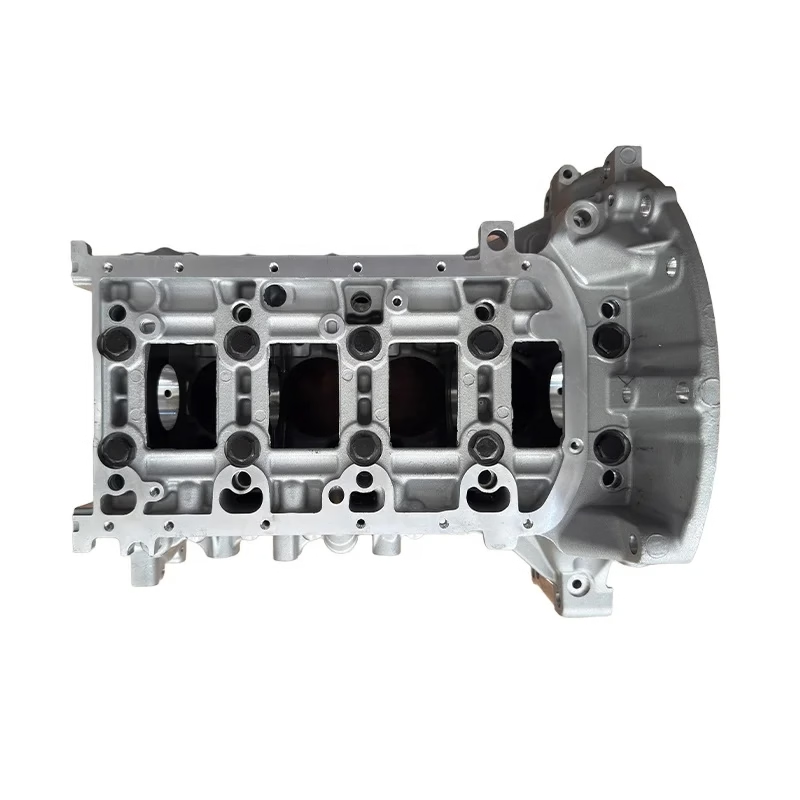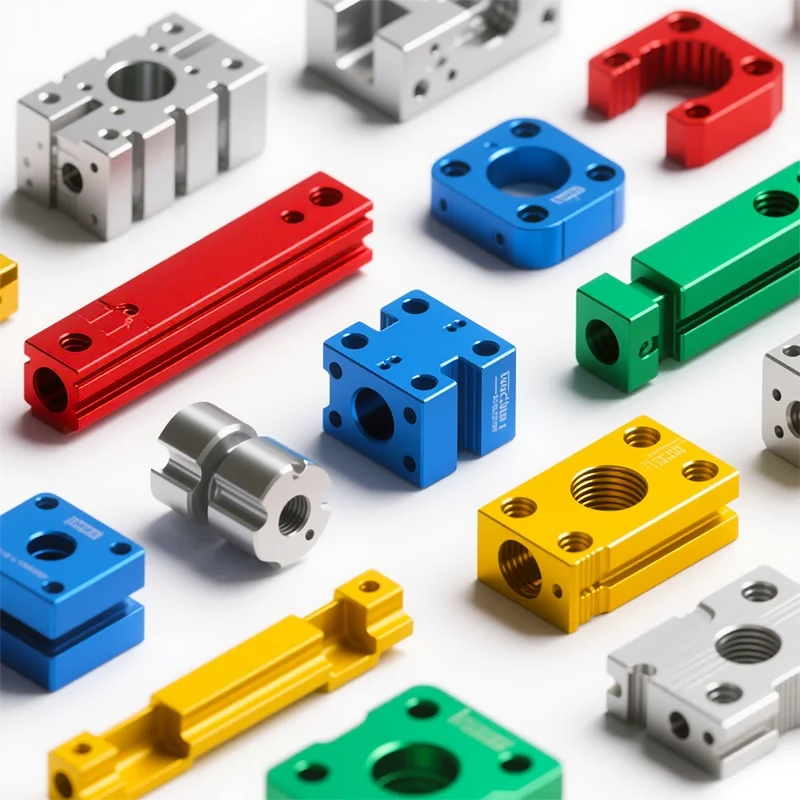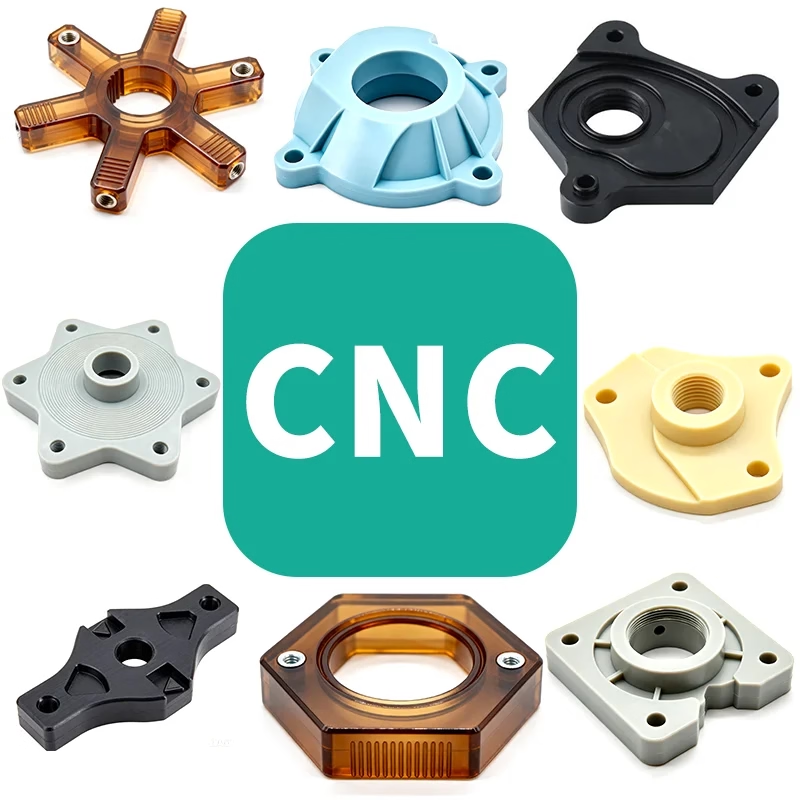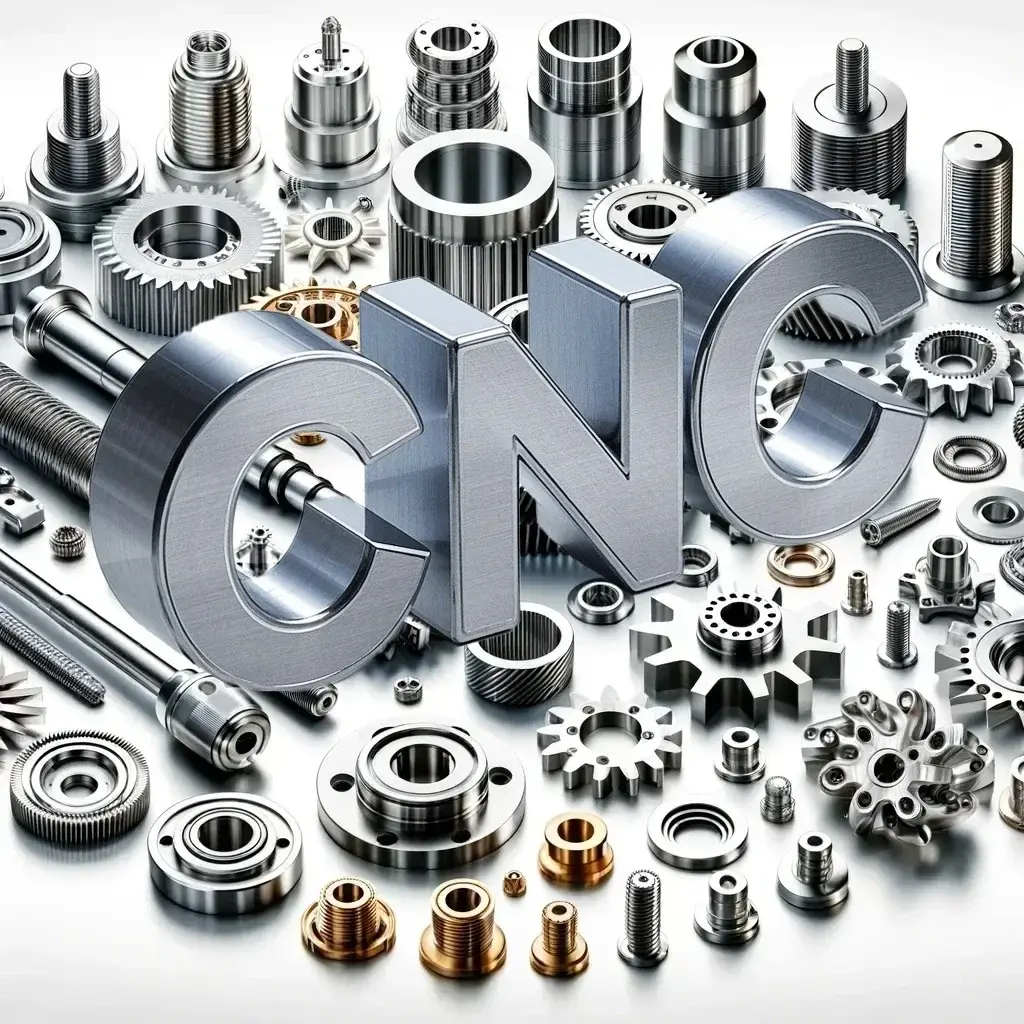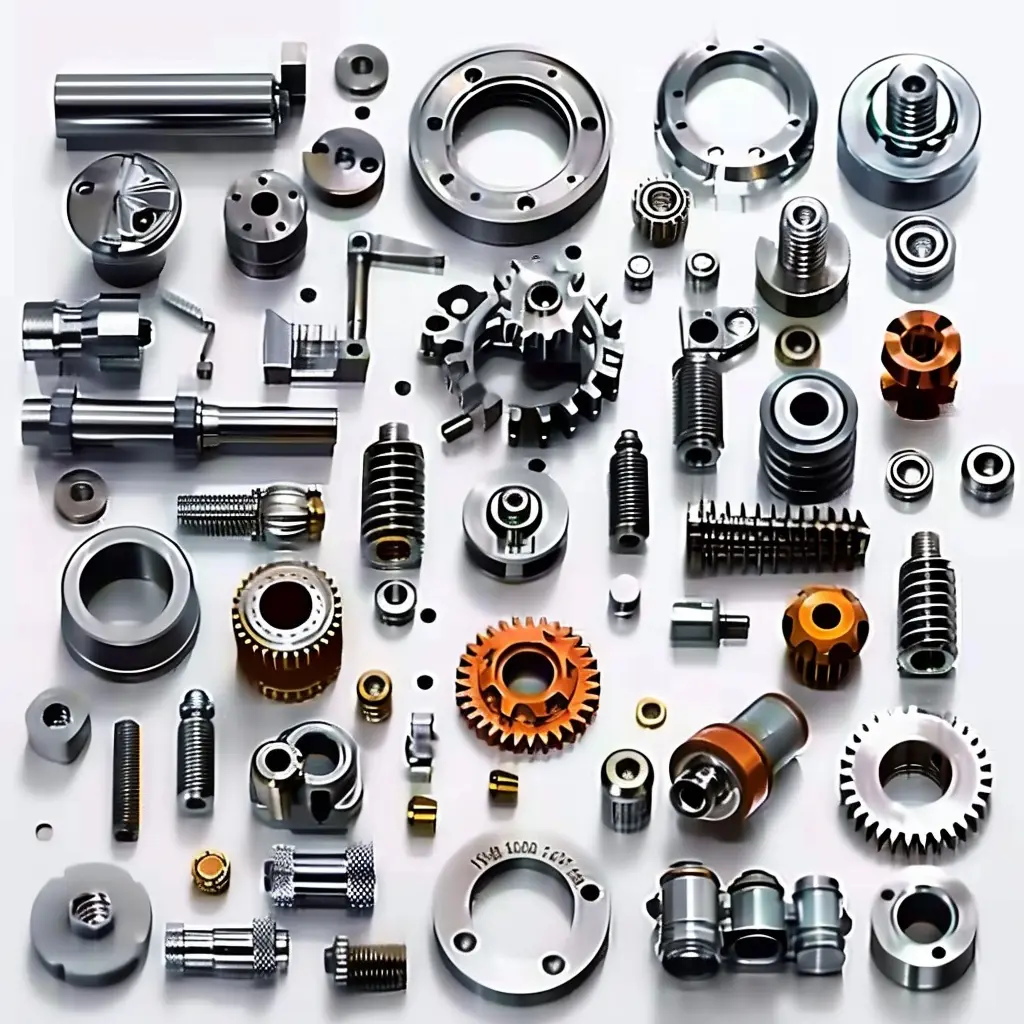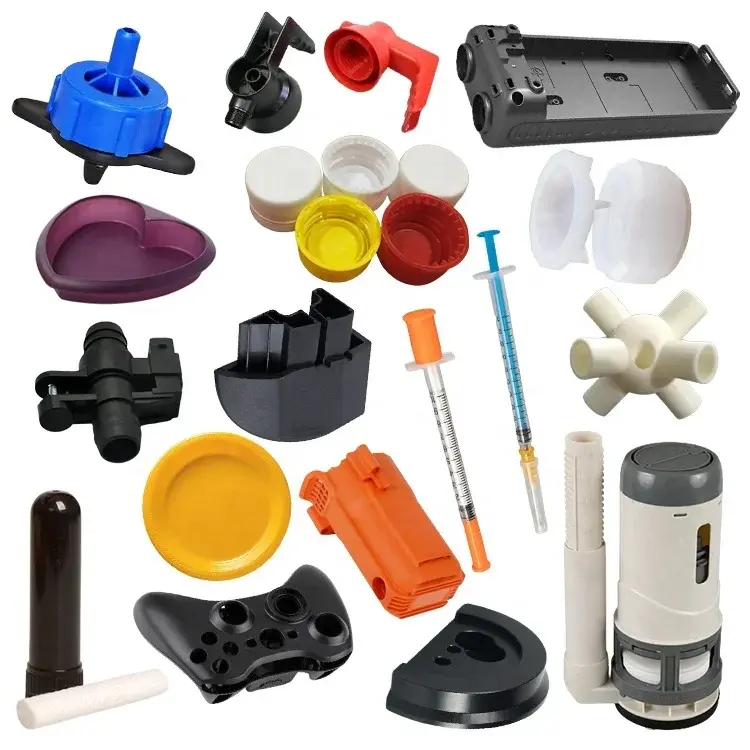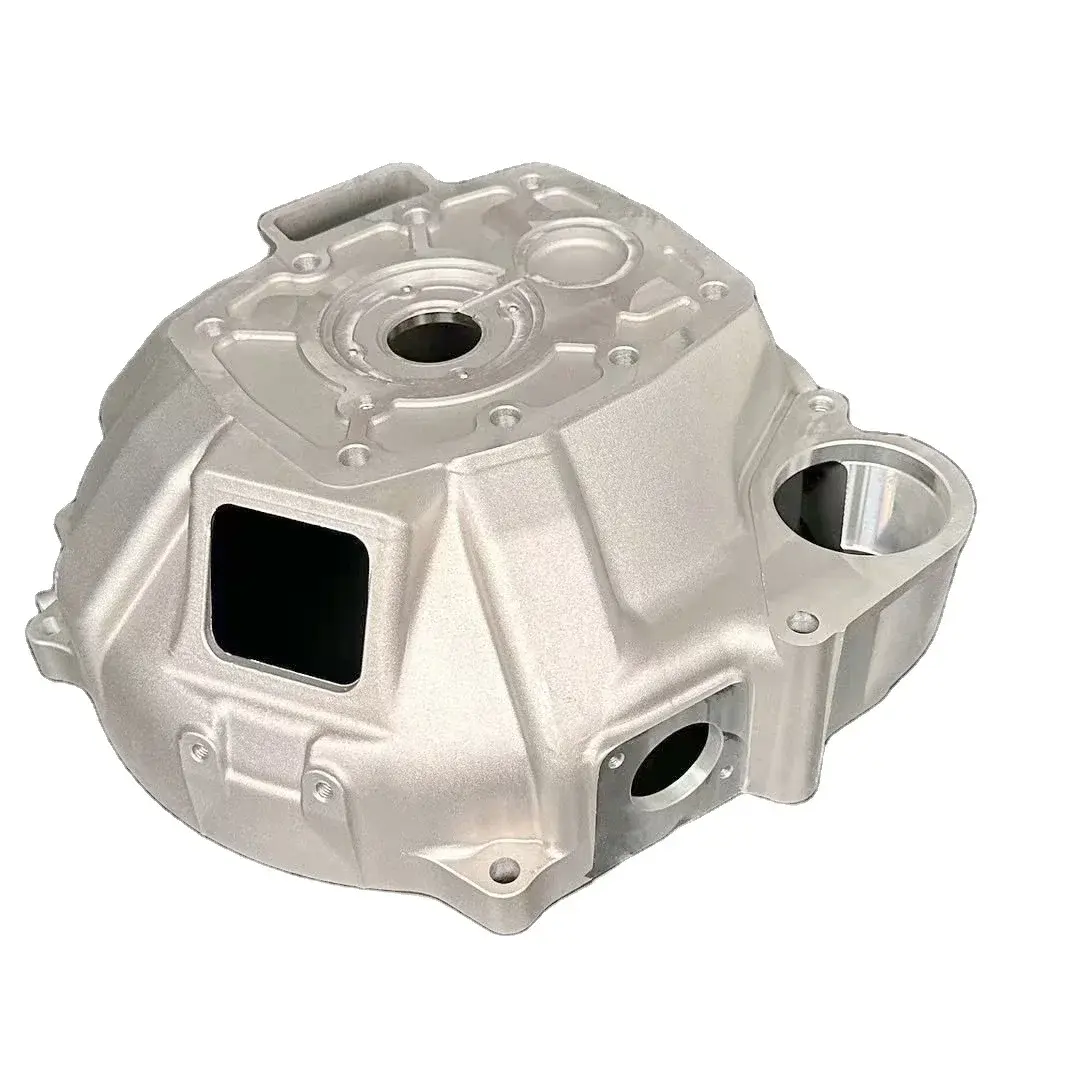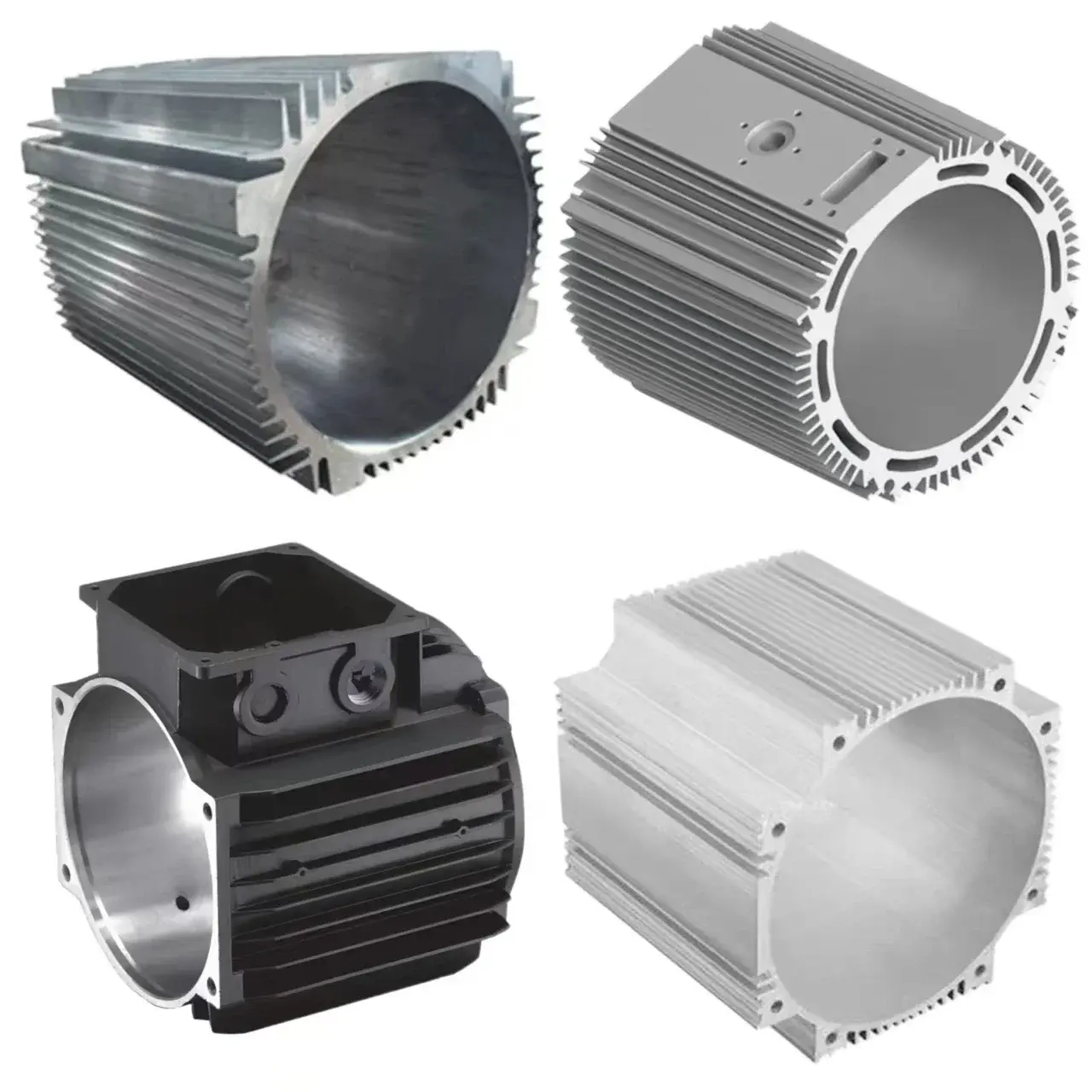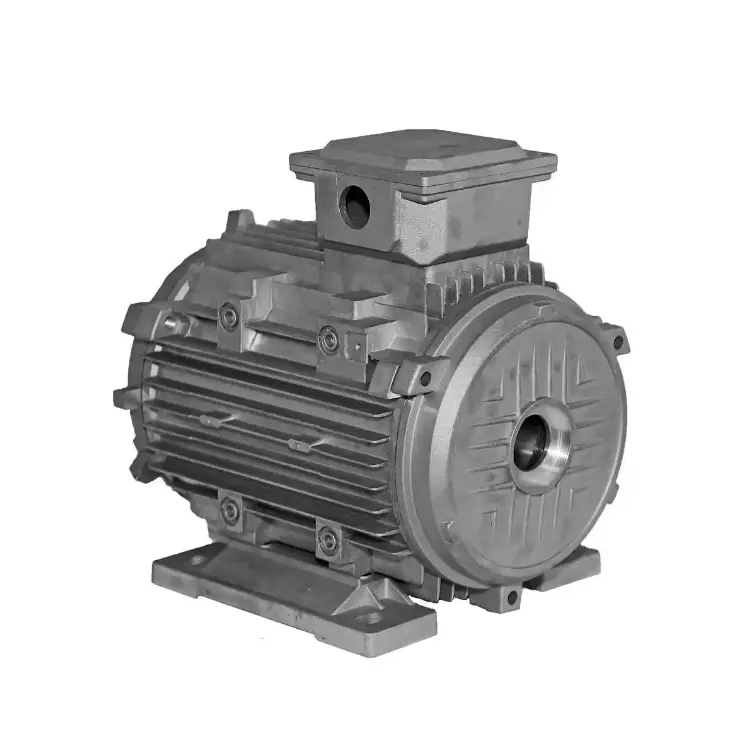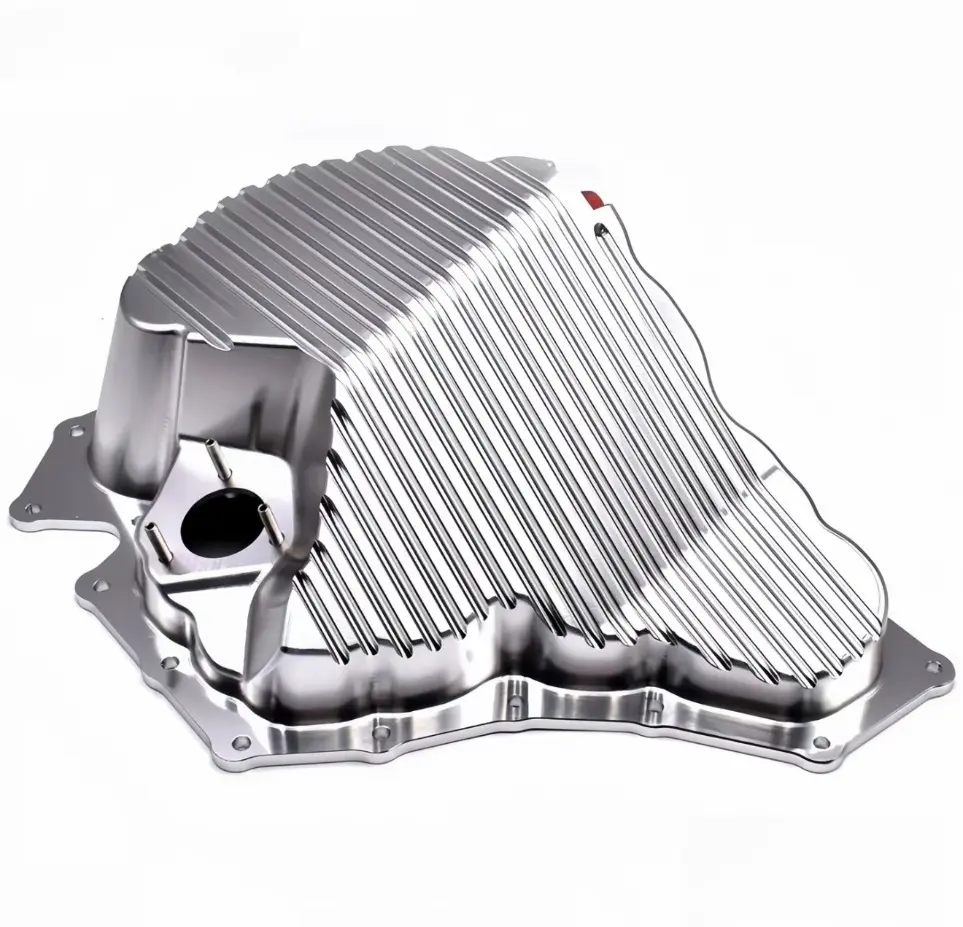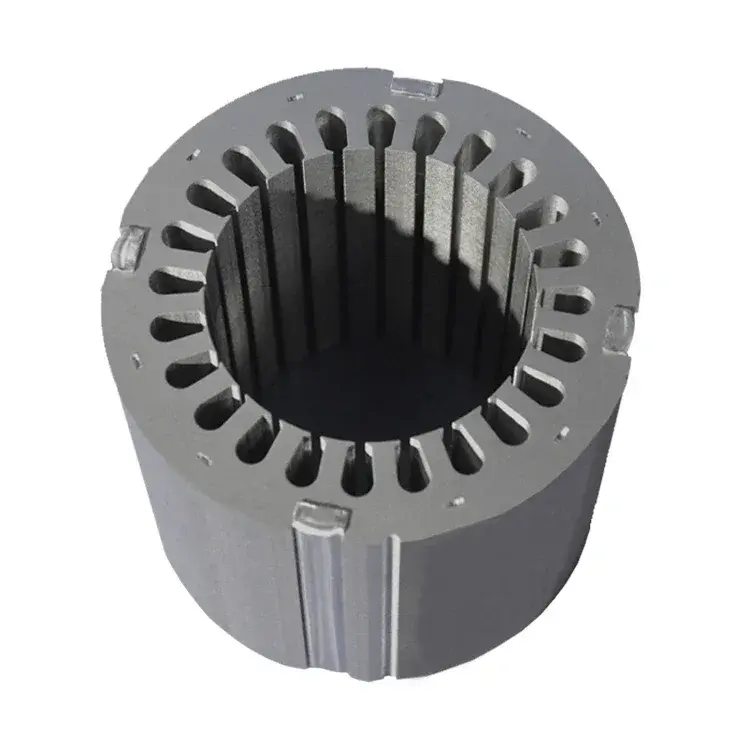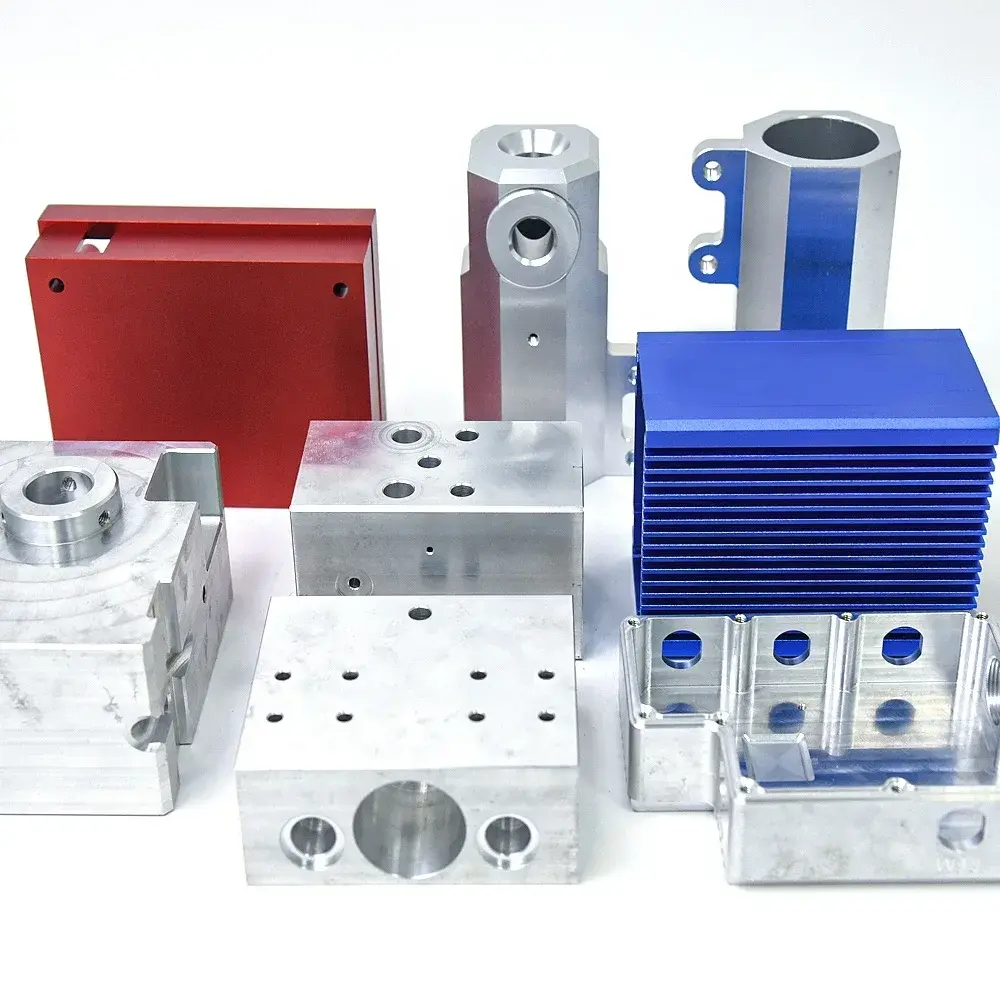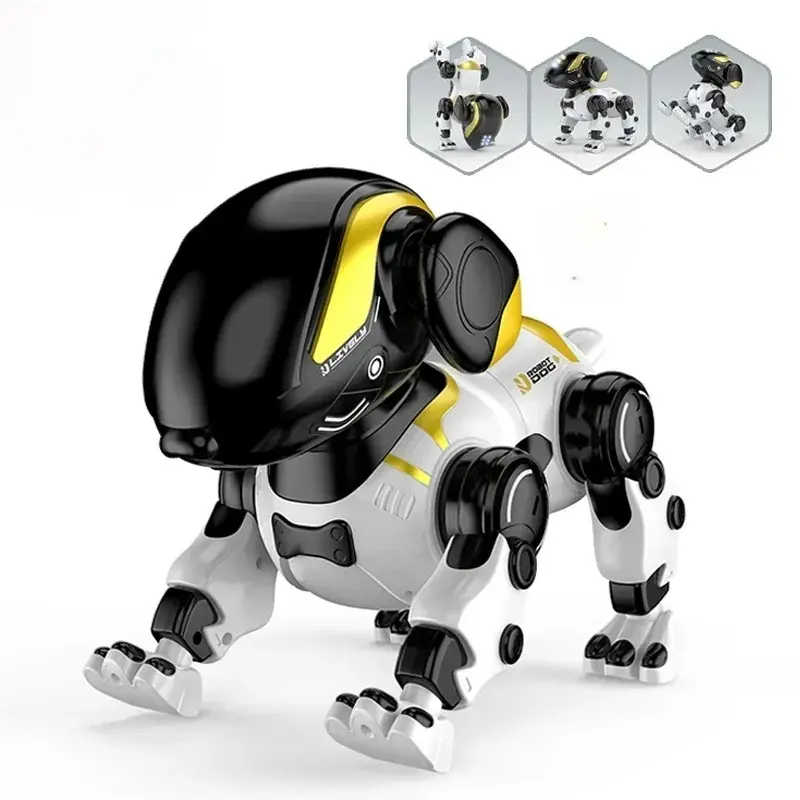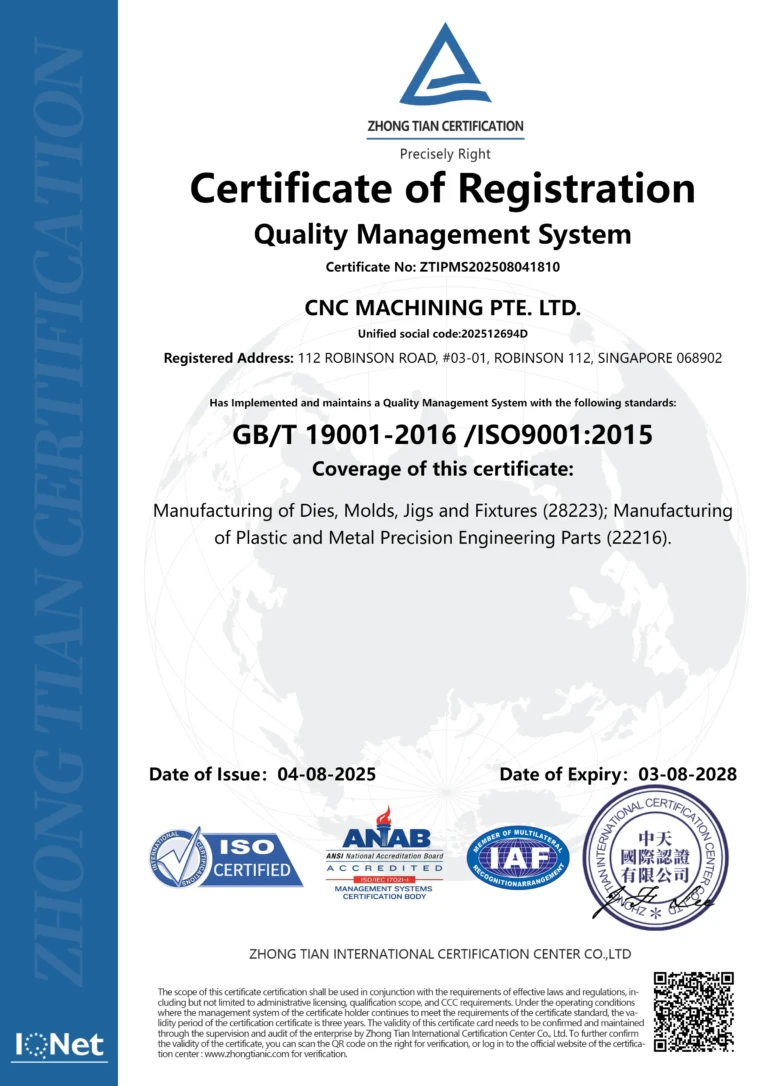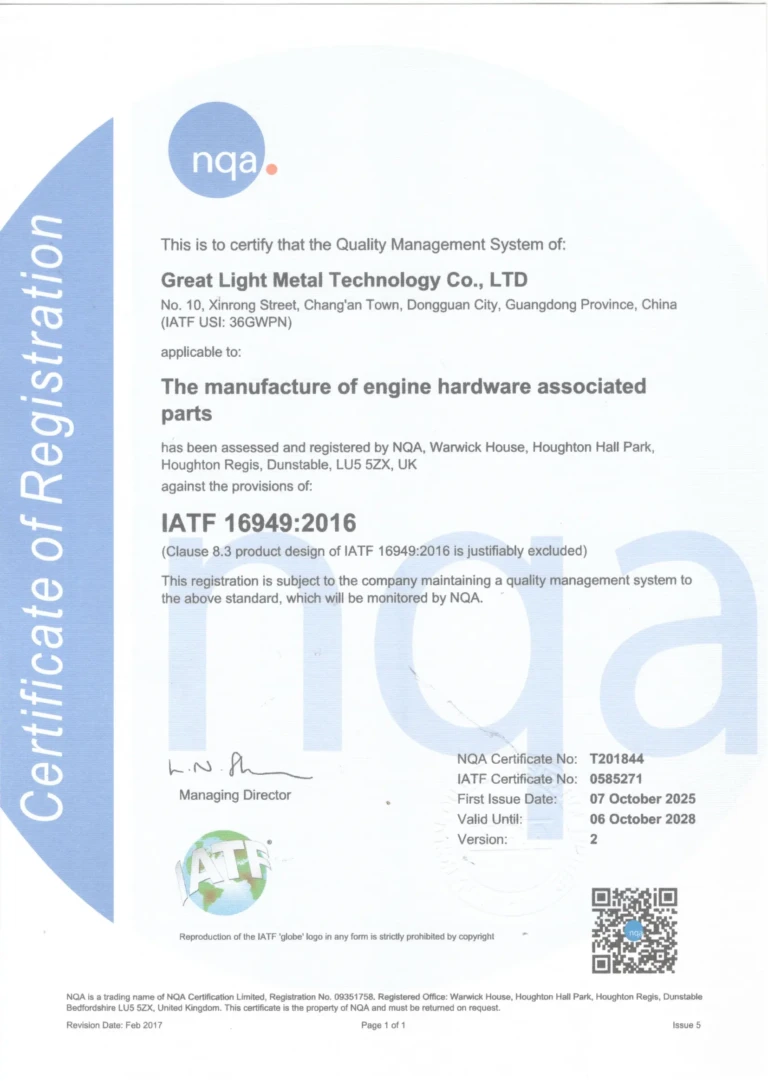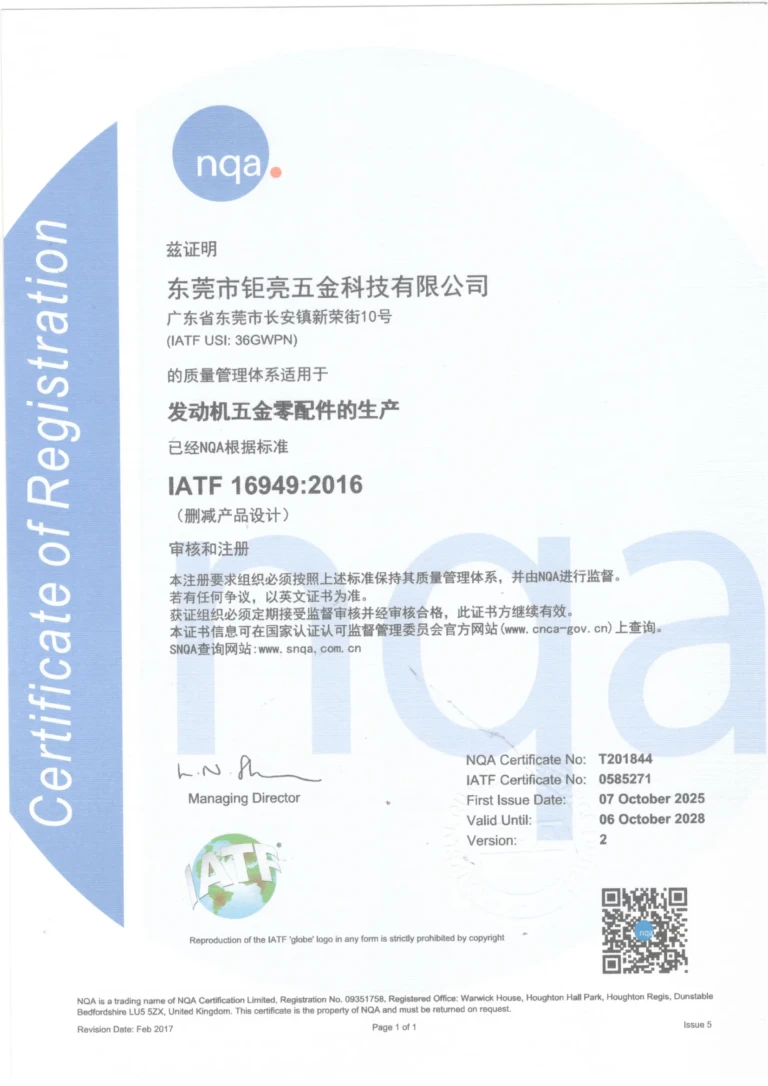1. Regularly check the pin mouth (trumpet) for wear
The spindle taper usually wears the most around the mouth, as this is the area where chips are most likely to become contaminated and it is also the area most susceptible to wear. This wear is often called “flaring.”
Taper wear of the spindle will cause increased runout
As shown in the figure, you can check the runout of the same tool holder measured separately on the spindle and on the table. If they are very different, there may be a problem. Another method is to paint a good tool holder blue and check it in the spindle. It’s a good idea to keep a knife holder for this test as a reference. If your cone contact is less than 75%, something is wrong.
How often should you check your spindle for runout? It is recommended to inspect it every 6 months or after each serious collision.
2. Check taper wear and tool holder fretting
A good spindle taper does not mean a good toolholder taper. The cones on your spindle are harder than the cones on your tool holder, so they can withstand most wear and damage. Inspect the blade holder carefully, looking for small scratches and discolorations, especially near the big end. One form of wear to be particularly wary of occurs when two steel components (tool holder and spindle mouth) rub against each other. As long as the tool holder slides in the spindle, it will cause excessive or even severe wear. Wear and tear is only the first sign and the situation can get worse later.
For wear, you will want to look for small copper-colored streaks or marks on the taper of the tool holder. Wear and tear can easily be mistaken for rust, but it is not rust. It looks like this:
You will need to replace any knife holders that show significant wear. If the new tool holder also shows rapid wear, or if the tool holder gets stuck in the spindle, your spindle may need to be resharpened.
3. Worn rivets (fastening buttons)
A rivet or adjustment knob (a more modern term) is a consumable part that screws into the top of the tool holder. It is clamped by a finger gripper (also called a gripper) or a gripper using ball bearings. The tie rod tightens the rivet and tightens the tool holder into the spindle taper.
You should check your rivets regularly for signs of wear, cracks, or other damage. Replace damaged rivets. Generally speaking, the lifespan of rivets is 2 to 3 years or less. Ball bearing supports wear pull studs more severely than clamp supports. They can reduce the life of rivets by up to 6 months. Pay attention to indentations caused by ball bearings and replace rivets immediately if you notice them. Even signs of wear can indicate that it is time to replace the rivets.
When replacing rivets, clean and degrease the threads, apply thread-locking compound (low or medium strength, not high strength), and tighten to the appropriate specifications.
If you’re looking for a stronger rivet, die steel rivets have 2 times the tensile strength and 1.5 times the flexural strength of hardened steel – using die steel increases safety .
4. Keep clean and hygienic
We all know that regular cleaning is a good thing for a workshop, but it is especially important for the life of your spindle and tool holder.
Ensure that all tool holders, collets, collet nuts and tool holders are kept clean. Dirt, dust, oil, debris or other contaminants can cause increased runout and premature wear of tools, tool holders and spindle bores. Protect your knives by keeping them clean and rust-free.
It is recommended to wipe the spindle cone daily with a lint-free cloth dampened with clear, light oil. Wiping at least once a week seems to be in order. Regularly clean the tapered part of the tool holder in the same way. Use a spindle scraper to regularly remove contaminants from the inside of the spindle cone. To really clean the entire cone, I like to use a spindle scraper like this:
5. Check the tensile force xa
This is a vital maintenance step. Too little force can damage the spindle and spin the tool holder, thereby damaging the taper, or if too much force, the pull rod can cause the tool holder to fly off. Even without damaging the cone, insufficient force can result in increased chatter, poor registration, and tool life and surface finish issues.
The expected life of the tie rod spring set is approximately 1 million cycles. This seems like a lot, but for machines with frequent tool changes and heavy use, this level can be reached quickly. For example, a machine that changes tools 3 to 4 times per minute, operates 2,000 hours per year and undergoes 360,000 to 480,000 tool change cycles per year. The lifespan of the tie rods is 3 to 4 years. Other factors can reduce this time to 2 years, for example more shifts or higher spindle speeds. Higher RPM machine tools often use smaller bearings, requiring the use of smaller diameter tie rod springs, thereby shortening spring life. It is important to test the drawbar strength regularly as spring wear can occur frequently.
Not all of the drawbar springs will break at once. It may be possible to loosen just one spring initially, but this would cause the other springs to be overloaded, further shortening their lifespan. A traction check will help detect problems early. It is recommended to check traction approximately every 6 months. Keep records and if traction begins to drop but remains within specifications, monitor it more frequently, such as every 2 or 3 months. If the drop exceeds the specified 10%, it is time to replace the tongue.
Although a common cause of low traction is spring failure, other possibilities exist:
Contamination of coolant or chips causing excessive friction or, in some designs, insufficient friction
Tool holder wear
The spindle taper was resharpened, causing the tool to sink too deep into the spindle.
Friction between spring and pin causes wear on the tie rod shaft
Worn rivets
6. Spring Chuck Maintenance
Pull studs have already been mentioned, but they also work with collet nuts. Pull studs and collet nuts have specific torque specifications that must be met for optimal performance. Use clamp brackets and a torque wrench to ensure they are tightened to specifications.
You should also regularly test the collet and nut holder assemblies to determine if they are worn beyond specifications.
The chuck is made of a softer metal than the tool holder and should be treated as a consumable item. The chuck should be replaced as soon as it shows signs of wear. as:
If the tool breaks and there are scratches on the chuck.
If there is any visible rust or dents on the chuck.
If using a rust inhibitor, wipe the chuck or tool holder before use; rust inhibitor may cause slipping. Reapply the rust inhibitor when you return the chuck or tool holder to storage.
7. Lubrication and vibration
Any spindle must be lubricated, otherwise the life of the bearings will be shortened. If your spindle is sealed, it is more important to pay attention to vibration issues. Any significant vibration is a sign of a problem and requires inspection. If your spindle is equipped with a lubricator, make sure the lubricant is clean and service the air inlet filter regularly.
8. Temperature
Always be on the lookout for excessively high spindle temperatures – this is a sign of some sort of bearing failure. If you have a spindle cooler, be aware of any alarms the unit may emit and ensure it is operating properly at all times.
Daguang focuses on providing solutions such as precision CNC machining services (3-axis, 4-axis, 5-axis machining), CNC milling, 3D printing and rapid prototyping services.









